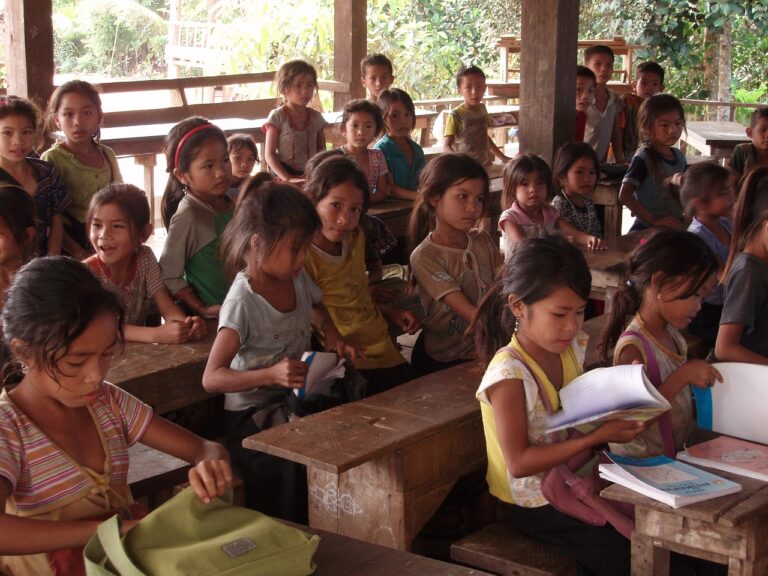The Intersection of Education and Sustainability: Promoting Eco-Literacy
In today’s world, the integration of sustainability into education has become crucial. It is vital for students to develop a deep understanding and appreciation for the environment and the importance of living in harmony with it. By incorporating sustainability into various subjects across the curriculum, educators can equip students with the knowledge and skills needed to address the pressing environmental challenges we face.
When students are exposed to sustainability concepts from a young age, they are more likely to adopt eco-friendly practices in their daily lives. By instilling a sense of responsibility towards the environment, students can become advocates for sustainability both within their communities and on a global scale. Education plays a vital role in shaping attitudes and behaviors, making it essential to prioritize sustainability in the learning process.
Challenges Faced in Promoting Eco-Literacy in Schools
Promoting eco-literacy in schools is met with various challenges that hinder the integration of sustainability into education. One major obstacle is the lack of standardized curriculum or guidelines for teaching sustainable practices, making it difficult for educators to incorporate these concepts effectively. Additionally, limited resources and funding for teacher training and materials related to eco-friendly initiatives pose a significant challenge in promoting eco-literacy across educational institutions.
Another challenge faced in promoting eco-literacy in schools is the resistance or indifference from school administrators and policymakers towards prioritizing sustainability education. Without strong leadership and support at the administrative level, it becomes challenging to implement sustainable practices in school curricula and operations. Moreover, the pressure to meet academic standards and performance metrics often overshadows the importance of integrating eco-literacy, leading to a lack of emphasis on environmental education in schools.
Effective Strategies for Teaching Sustainable Practices in the Classroom
One effective strategy for teaching sustainable practices in the classroom is to incorporate hands-on activities that allow students to engage with real-world environmental issues. By implementing projects such as creating a recycling program within the school or growing a vegetable garden, students can see the impact of their actions on the environment firsthand. This experiential learning approach helps students develop a deeper understanding and appreciation for sustainability.
In addition, integrating sustainability across various subjects throughout the curriculum can reinforce the importance of environmental stewardship. For example, incorporating discussions on climate change in science classes, exploring sustainable design principles in art classes, or discussing environmental policies in social studies classes can help students connect sustainability to different aspects of their education. This interdisciplinary approach not only enhances students’ knowledge on sustainability but also fosters critical thinking skills and encourages them to think creatively about solutions to environmental challenges.
Why is it important to incorporate sustainability into education?
Incorporating sustainability into education helps students understand the importance of preserving the environment, reducing waste, and making eco-friendly choices. It also helps create a generation of environmentally conscious individuals who are dedicated to making positive changes for the future.
What are some challenges faced in promoting eco-literacy in schools?
Some challenges include limited resources, lack of curriculum integration, resistance from stakeholders, and the need for ongoing professional development for teachers. Overcoming these challenges requires collaboration, dedication, and a commitment to making sustainability a priority in education.
What are some effective strategies for teaching sustainable practices in the classroom?
Some effective strategies include incorporating hands-on activities, creating real-world connections, integrating sustainability into existing curriculum, engaging students in discussions about environmental issues, and providing opportunities for students to take action in their communities. These strategies help make sustainability education engaging, relevant, and impactful for students.







